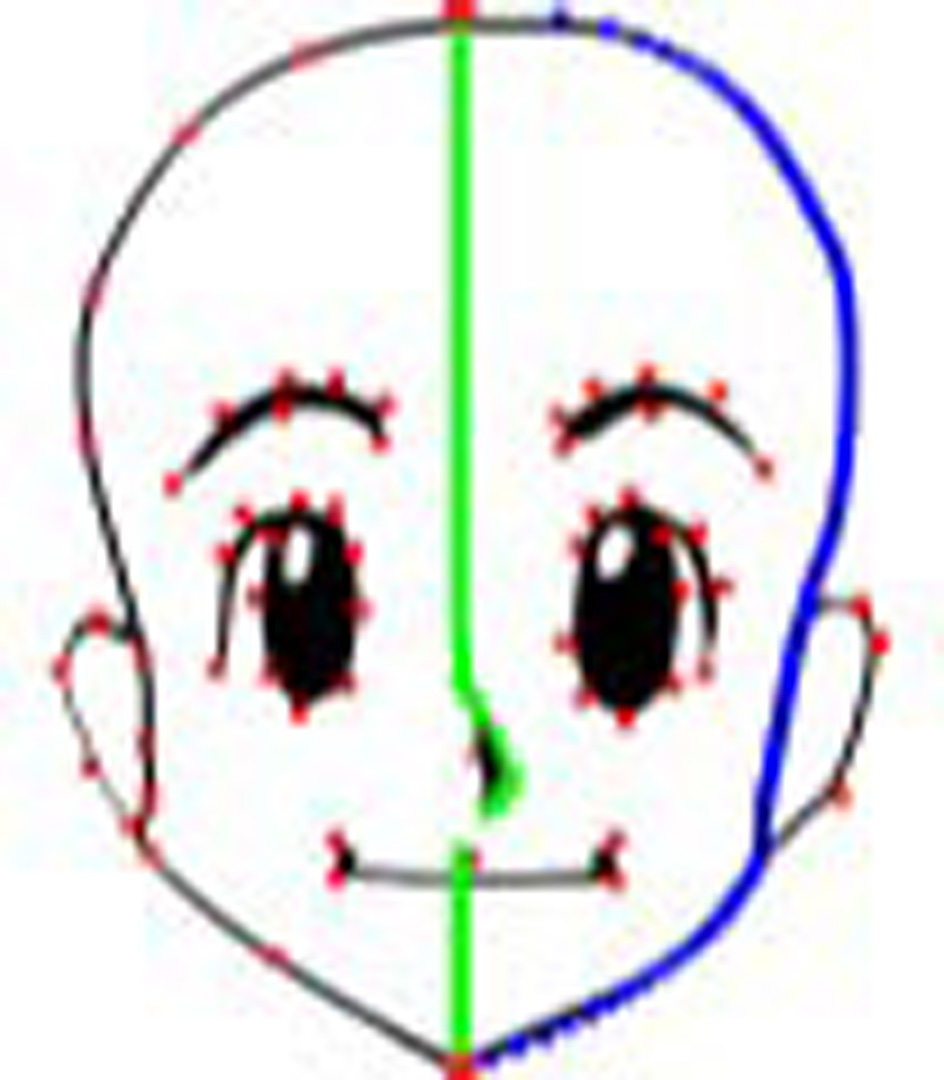“Quasi 3D Rotation for Hand-Drawn Characters” by Furusawa, Fukusato, Okada, Hirai and Morishima
Conference:
Type(s):
Entry Number: 82
Title:
- Quasi 3D Rotation for Hand-Drawn Characters
Presenter(s)/Author(s):
Abstract:
This paper presents a novel in-betweening method of a handdrawn 2D character animation even including 3D motion like face rotation from front view to profile view. In-betweening is one of the most inevitable processes in commercial 2D animation production to generate intermediate frames automatically and naturally between hand generated key-frames. In general, the more number of key-frames are created, the better quality of animated motion is achieved. Especially, 3D-style motion like face rotation is so difficult to maintain high quality that it is necessary to create many key-frames which is time consuming with skilled animators’ labor cost. Depending on these background, recently many in-betweening methods are proposed focusing on a character face. Gohara et.al. [2010] proposed a data driven face rotation method for a new character face considering a non-linear rotation angle control from part to part. However, it is necessary to create an exact database of hand-drawn face images with a variety of rotation angles to reflect a style specific to an animator. Moreover, this method is only limited to the rotation angles in which all the parts are always visible. Rivers et.al. [2010] proposed a method to approximate character face parts with 3D primitive objects and texture. In this method, it is not possible to define an intrinsic rule to an each part of face, so sometimes the shape of character face collapsed. So we propose a novel face in-betweening method only from two key-frames of front and profile especially focusing on a trajectory of each landmark and line segment according to the angle of rotation in a horizontal space. By using an interactive editing function of landmark correspondence, a variety of stylized rotated face animation can be generated to reflect a director’s taste.
References:
- Hiroaki G, Shiori S, and Shigeo M, “Data Driven In-betweening for Hand Drawn Rotating Face”, ACM SIGGRAPH 2010, Posters, No 7, 2010.
- Alec R, Takeo I, and Fredo D, “2.5D Cartoon Models”, ACM Transaction on Graphics — Proceedings of ACM SIGGRAPH 2010, Vol. 29, 4, No. 59, 2010.
Additional Images:







